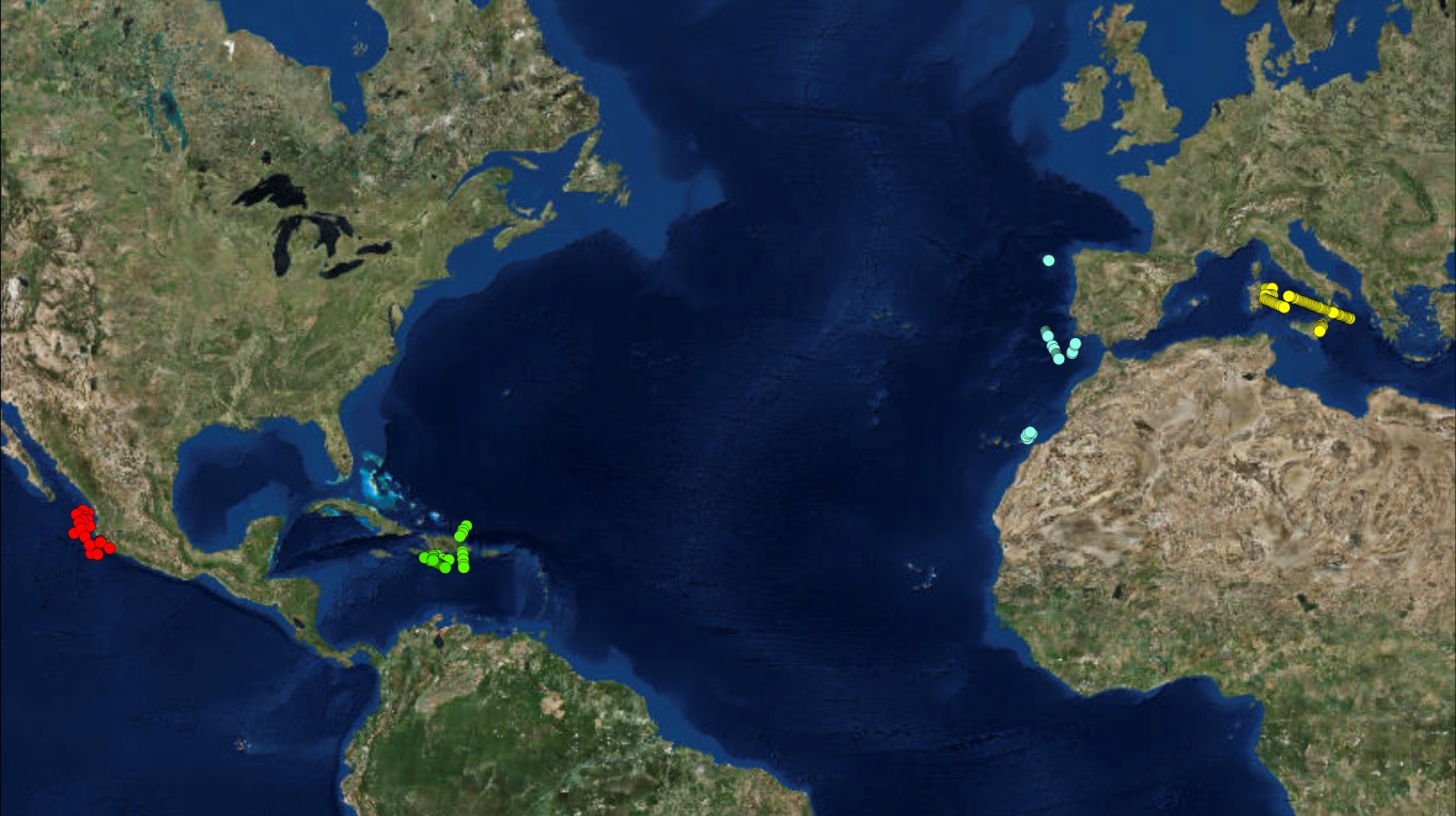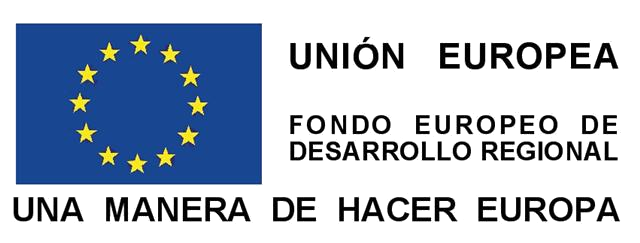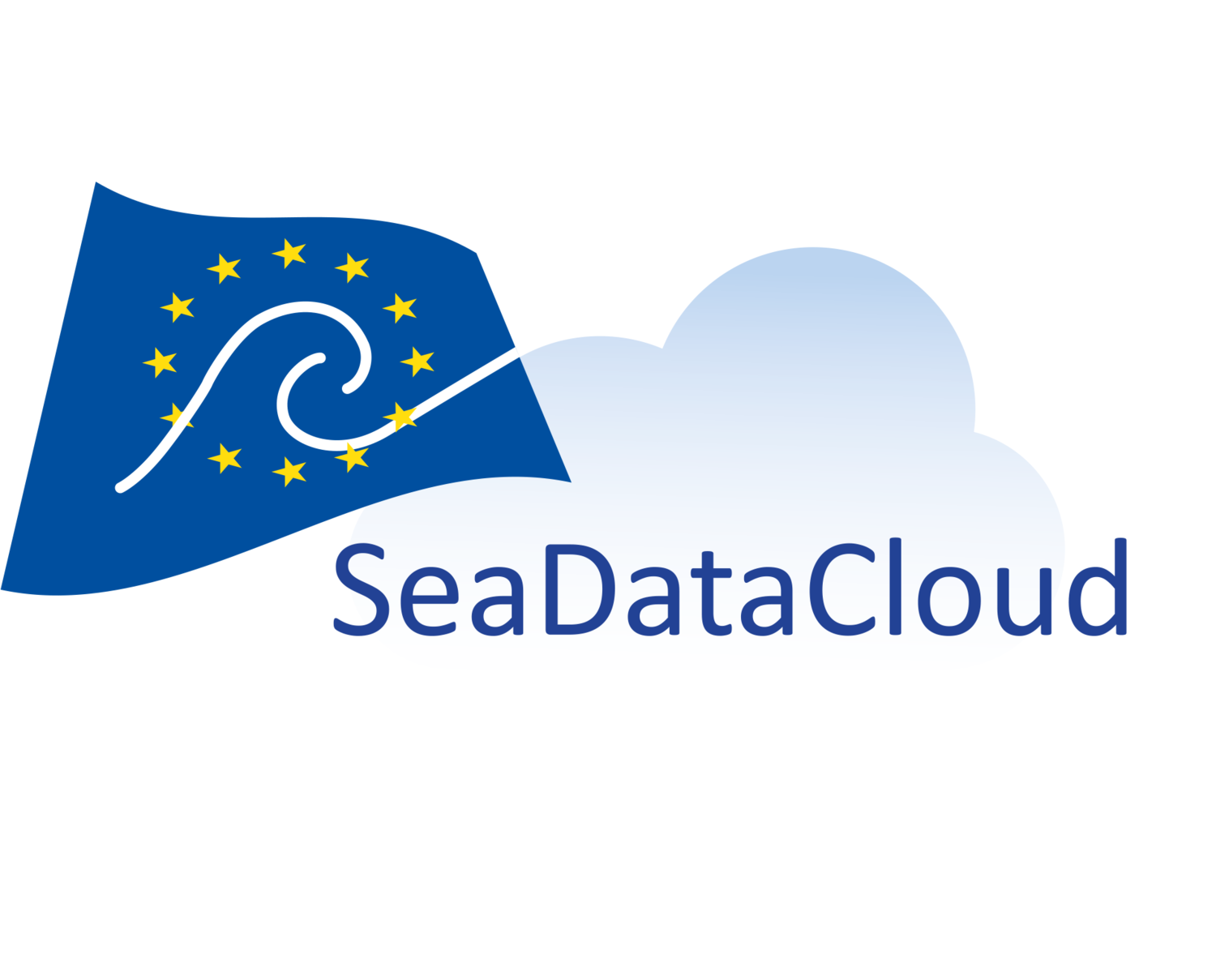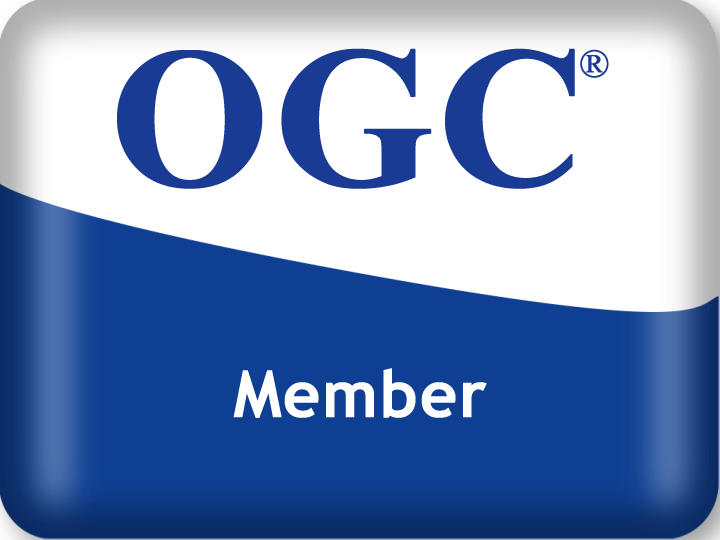
| Campaña | OCEANO/MARTO | TIPO | DATAS |
|---|---|---|---|
| CALIBRA-DOS | Atlántico | Activa | 08/2008 |
| NEAREST-SEIS | Atlántico | Activa | 10/2008 |
| CARIBENORTE | Caribe | Activa | 04/2009 |
| MEDOC | Mediterráneo | Activa | 04/2010 |
| NORCARIBE | Caribe | Activa | 11-12/2013 |
| TSUJAL | Pacífico | Activa | 02-03/2014 |
| TOMOETNA MED-SUV | Mediterráneo | Activa | 06-07/2014 |
| GEOMARGEN-3 Despliegue | Atlántico | Pasiva | 10/2014 |
| GEOMARGEN-3 Recuperación | Atlántico | Pasiva | 02/2015 |
| CHIANTI | Mediterráneo | Activa | 06-07/2015 |
| JGAP2016 TSUJALP Desplligue | Pacífico | Pasiva | 04/2016 |
| JGAP2016-Leg2,TSUJALP Recuperación |
Pacífico | Pasiva | 11/2016 |
Passive campaigns
-The equipment acquire data in areas with natural seismicity
-The information stored serves to improve the locations of earthquakes that occur in the sea or near the coast
-At times they are used to monitor prospecting areas
-The deployments tend to be longer over time, the equipment used is generally much more bulky (to improve autonomy) and more resistant to corrosion and bottom trawling
Active campaigns
-The instruments are excited by a known external signal (blasting, compressed air guns, etc.)
-The information stored is used to know how is the structure of the deep crust and the mantle of the study area (with the OBSs reaches much deeper than with seismic reflection)
-The equipments are usually deployed a few days and in the same campaign can be used more than once
-Generally they are lighter equipment, with smaller seismometers and with fewer batteries, that have to be tuned quickly by the next deployment, they are usually cheaper








